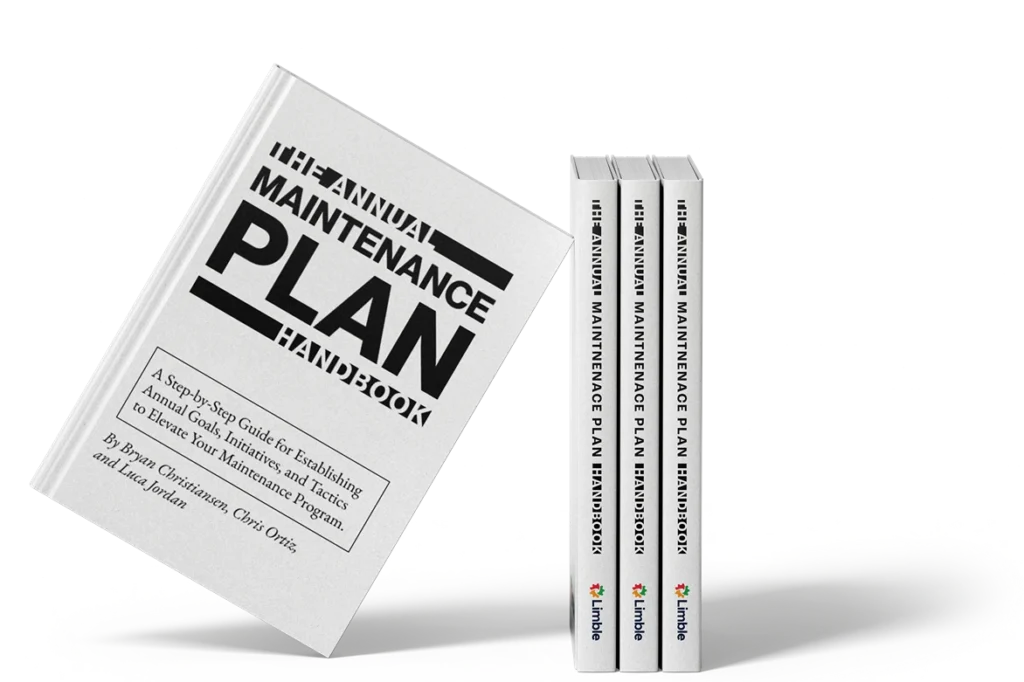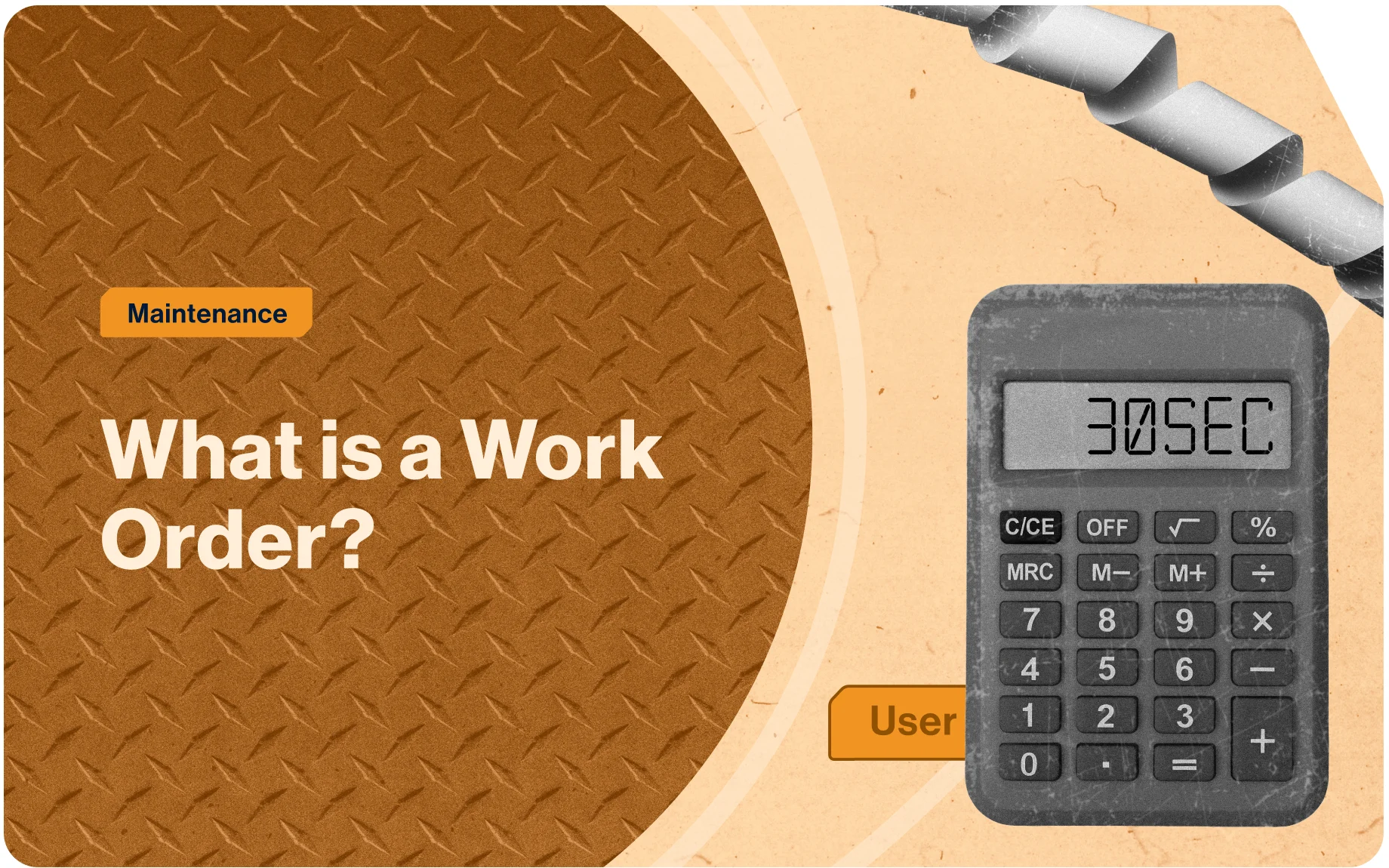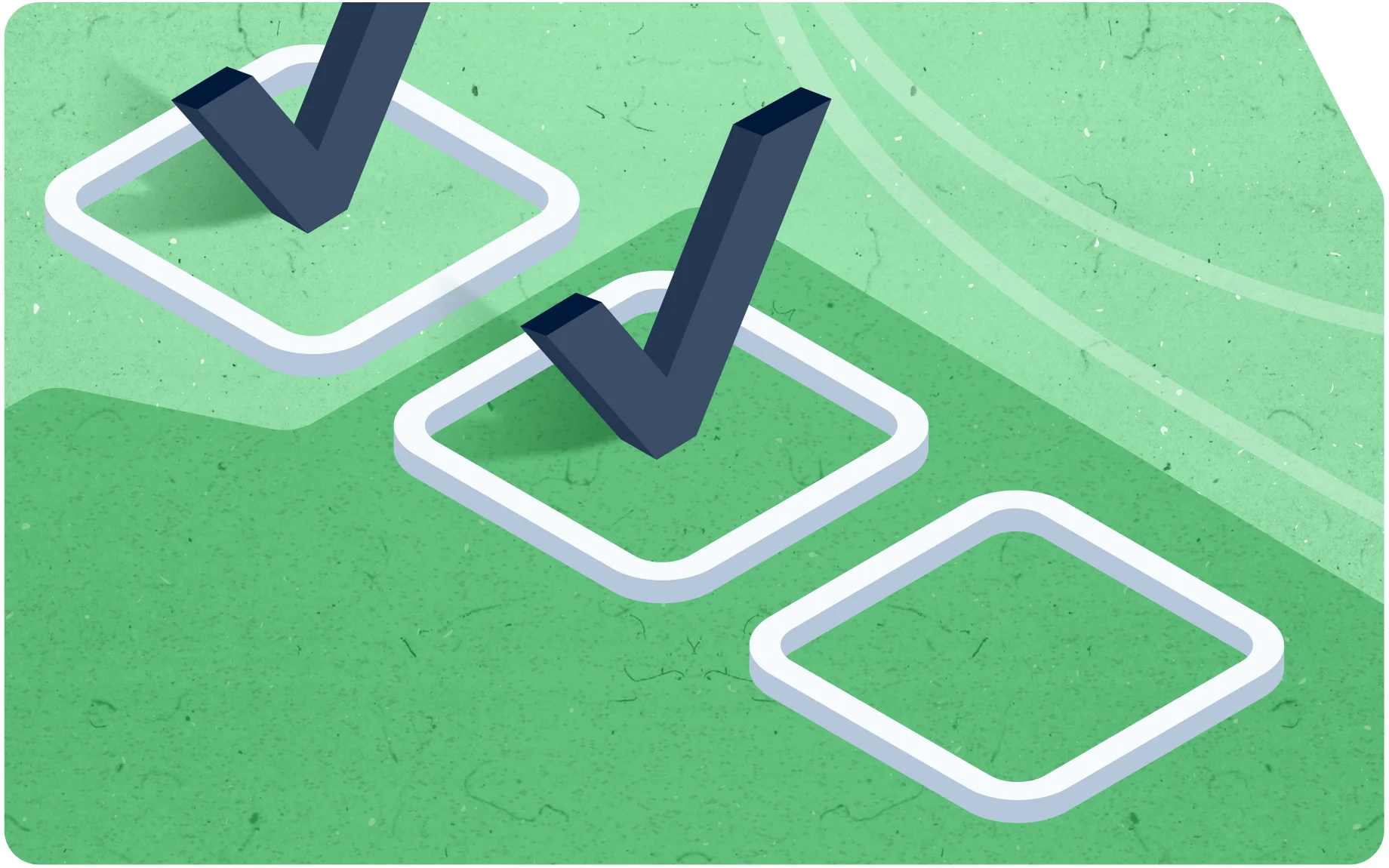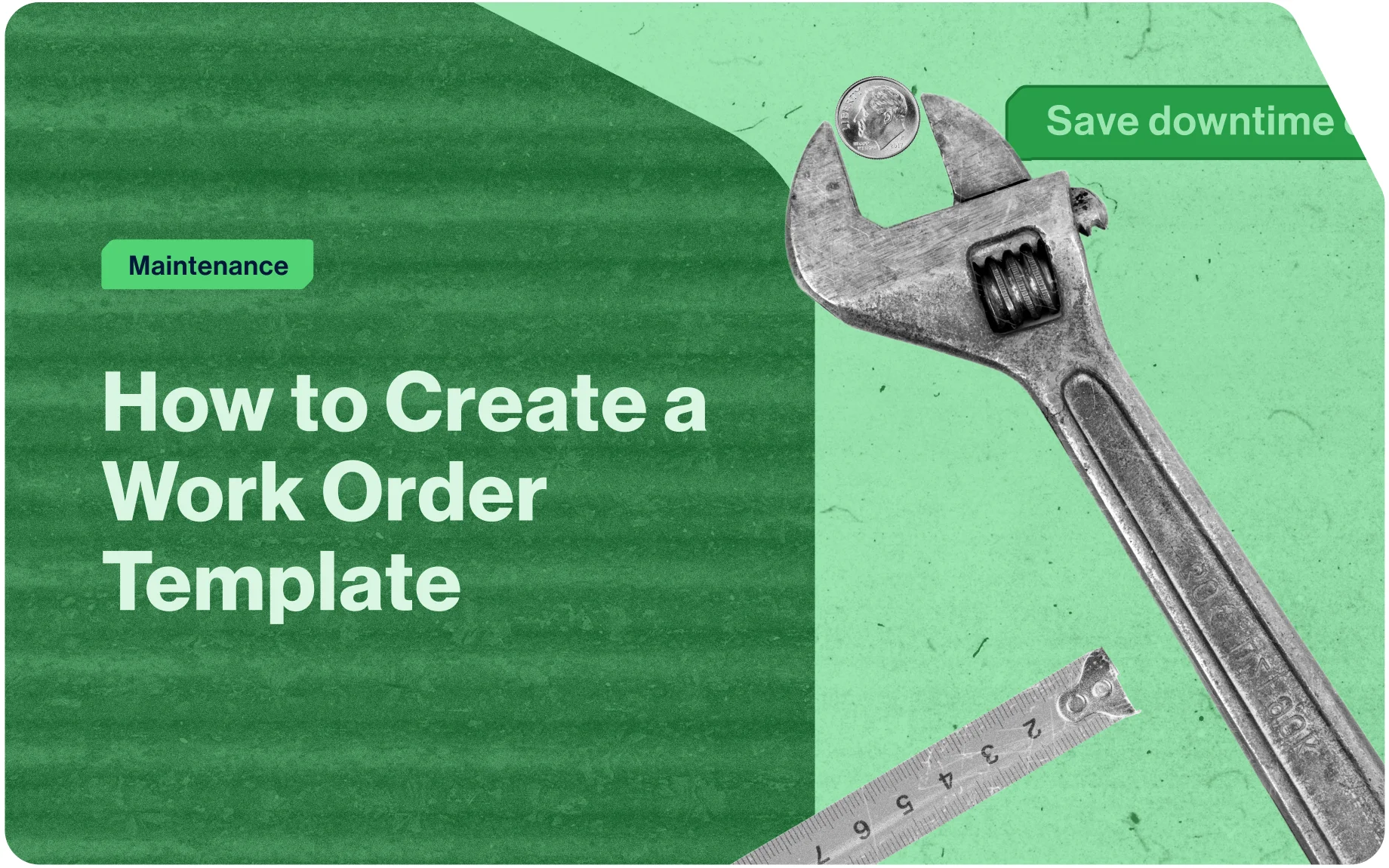The Annual Maintenance Handbook
What's inside:
- Step-by-step guide for building an annual maintenance plan
- Detailed instructions for aligning maintenance work with company objectives
- Visual examples that clearly illustrate each step in the process
- Best practices from industry experts on plan development and execution

Free Download!
Share your contact details and we'll share your guide to annual maintenance excellence.
About the Authors
Create Work Orders & Track Assets for free.
FAQs
Why use maintenance software for manufacturers?
Maintenance software streamlines processes, reduces errors and downtime, while enabling informed, data-driven decisions. It also helps with inventory management, lifespan of assets, and assists in meeting regulatory compliance, thereby enhancing overall productivity and profitability.
Who uses CMMS software?
CMMS software is used by anyone who manages maintenance — facility managers, operations managers, and asset managers, and more — to manage assets, schedule maintenance, and ensure safety. It is widely employed in industries including manufacturing, education, energy & utilities, food & beverage, and many more to maintain infrastructure and manage resources effectively.
Is Limble Mobile CMMS app user friendly?
Limble is consistently rated Easiest-to-Use CMMS on review sites like G2, Capterra, and Software Advice. And our customers agree. With our mobile CMMS app, teams experience 30%+ better productivity, on average, requiring little to no training or ramp-up time. Our CMMS app can travel with your team, no matter where they go! Visit our App Store or Google Play for more information.
Can I connect to other systems?
Limble provides seamless, pre-built CMMS Integrations with the most widely used software systems. That means you won’t need help from a developer or your IT team to get started. Learn more about our integrations.
How secure is the Limble CMMS platform?
At Limble, our world-class data security practices ensure your account information is safe. We use state-of-the-art technologies and industry best practices to maintain a secure infrastructure, including SOC-II Type II certification, regular penetration testing, and continuous security training for our staff.





